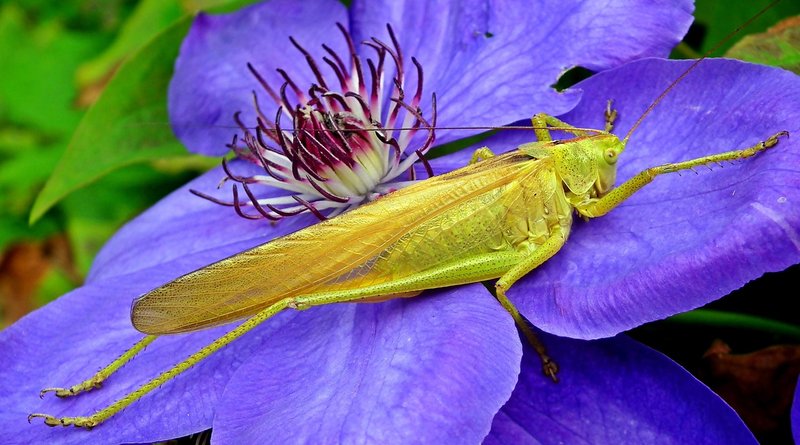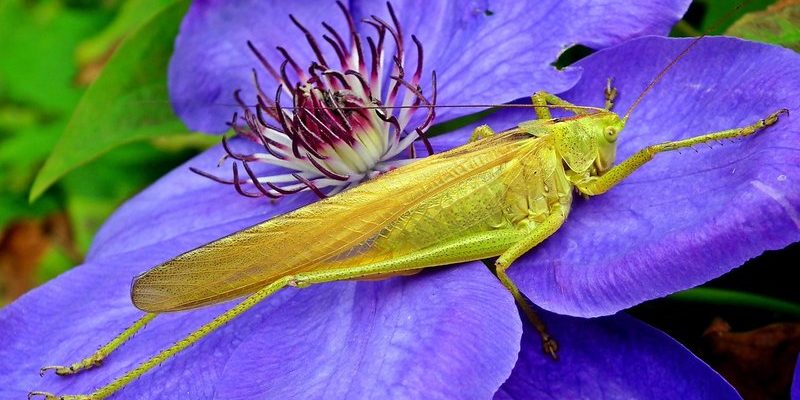
Imagine a cricket as a tiny treasure, hidden away in a field, trying to survive against a world of hungry eyes. From birds that swoop down to catch them mid-chirp to larger insects that consider them a tasty snack, crickets face a variety of challenges every single day. Let’s dive into the underbelly of the cricket’s life to uncover what these threats are and how they navigate their perilous existence.
Understanding the Role of Predators in Cricket Life
Crickets play a vital role in the ecosystem, acting as both prey and predator. They contribute to soil health by breaking down organic matter, and they also serve as a food source for various animals. Predators, in turn, help maintain the balance of nature. But what exactly are the main predators that threaten crickets in their natural habitats?
– Birds: You might think of birds as the ultimate cricket hunters. Birds like sparrows, robins, and even some raptors rely on crickets for a nutritious meal. With their sharp eyesight, they can spot crickets hiding in the grass, making them one of the most significant threats.
– Mammals: Small mammals such as shrews, hedgehogs, and even rodents love snacking on crickets. These little guys often scavenge through vegetation, using their keen sense of smell to find crickets hiding in the underbrush.
– Other Insects: Believe it or not, crickets aren’t just worried about getting eaten by birds and mammals. Larger insects, like praying mantises and spiders, also consider crickets a delicacy. They use their stealthy hunting skills to catch crickets off-guard.
The Impact of Environmental Factors on Cricket Survival
Environmental conditions play a significant role in the survival of crickets. Here’s how various factors can affect their vulnerability:
– Temperature and Weather: Crickets thrive in warmer temperatures. However, extreme weather conditions can make them more susceptible to predation. For instance, if it rains heavily, crickets may be forced out of their hiding spots, making them easy targets for predators.
– Habitat Loss: As humans continue to develop land, crickets lose their natural habitats. With fewer places to hide, they become more exposed to predators. Urban areas can be particularly harsh for crickets, as they may struggle to find suitable environments.
– Pesticide Use: The use of pesticides to control pests can inadvertently affect cricket populations. While the intention is to eliminate harmful insects, these chemicals can disrupt the food chain, leading to declines in both predator and prey species.
Cricket Defense Mechanisms
Despite the numerous threats they face, crickets have developed several interesting defense mechanisms to stay alive:
– Camouflage: Crickets often blend in with their surroundings. Their green or brown coloring helps them hide among grass and leaves, making it harder for predators to spot them. Picture a cricket as an expert magician, disappearing right before your eyes!
– Chirping and Communication: Male crickets chirp to attract females, but this sound can also draw attention from predators. To combat this, crickets may adjust their chirping based on the level of threat. It’s like a tiny alarm system that helps them assess whether it’s safe to serenade the night.
– Hiding: Crickets are masters of concealment. They tend to hide under rocks, in crevices, or beneath long blades of grass. By staying low to the ground, they can avoid being spotted by hungry birds and mammals.
Common Threats Beyond Predators
While predators are a primary concern for crickets, other threats can endanger their populations. Let’s explore some of these:
– Diseases: Just like any creature, crickets can fall victim to diseases caused by viruses, bacteria, and fungi. These ailments can spread quickly in crowded environments, causing significant declines in cricket populations.
– Competition for Resources: Crickets are not alone in their habitats. They often compete with other insects for food and shelter. When resources are scarce, crickets may struggle to survive, making them more vulnerable to predation.
– Seasonal Changes: Seasonal variations can have a profound effect on crickets. As temperatures drop in winter, many species struggle to find food and shelter, leading to increased mortality rates. This cycle of survival can greatly influence their population dynamics year after year.
Why Protecting Crickets Matters
You might be wondering why we should care so much about crickets and their predators. Here’s the deal: crickets are crucial for maintaining ecological balance. They help decompose organic matter and serve as food for numerous animals. When crickets thrive, the entire ecosystem benefits.
– Food Web Dynamics: Crickets play a key role in the food chain. By providing nutrition for birds, mammals, and other insects, they help support the survival of many species. Reducing cricket populations can ripple through the food web, impacting everything from birds to larger predators.
– Soil Health: Crickets contribute to soil aeration and nutrient cycling. Their burrowing activities help break down organic matter, enriching the soil. A decrease in cricket populations could lead to poor soil health, affecting plant growth and, ultimately, the animals that rely on those plants.
– Biodiversity: Every species, including crickets, contributes to biodiversity. Protecting crickets ensures we maintain a balanced ecosystem, fostering resilience against environmental changes.
Crickets, despite their small size, face a myriad of challenges in their quest for survival. From hungry birds to drastic environmental changes, these little creatures lead a life filled with threats. Yet, they display impressive resilience and adaptability, employing various techniques to navigate their dangerous world.
As we learn more about these fascinating insects and their predators, we can better appreciate their role in our ecosystem. By understanding the threats crickets face, we can advocate for their protection and the health of the environments they inhabit. So next time you hear that familiar chirping in the night, remember: there’s a lot more going on in the life of a cricket than meets the ear.

